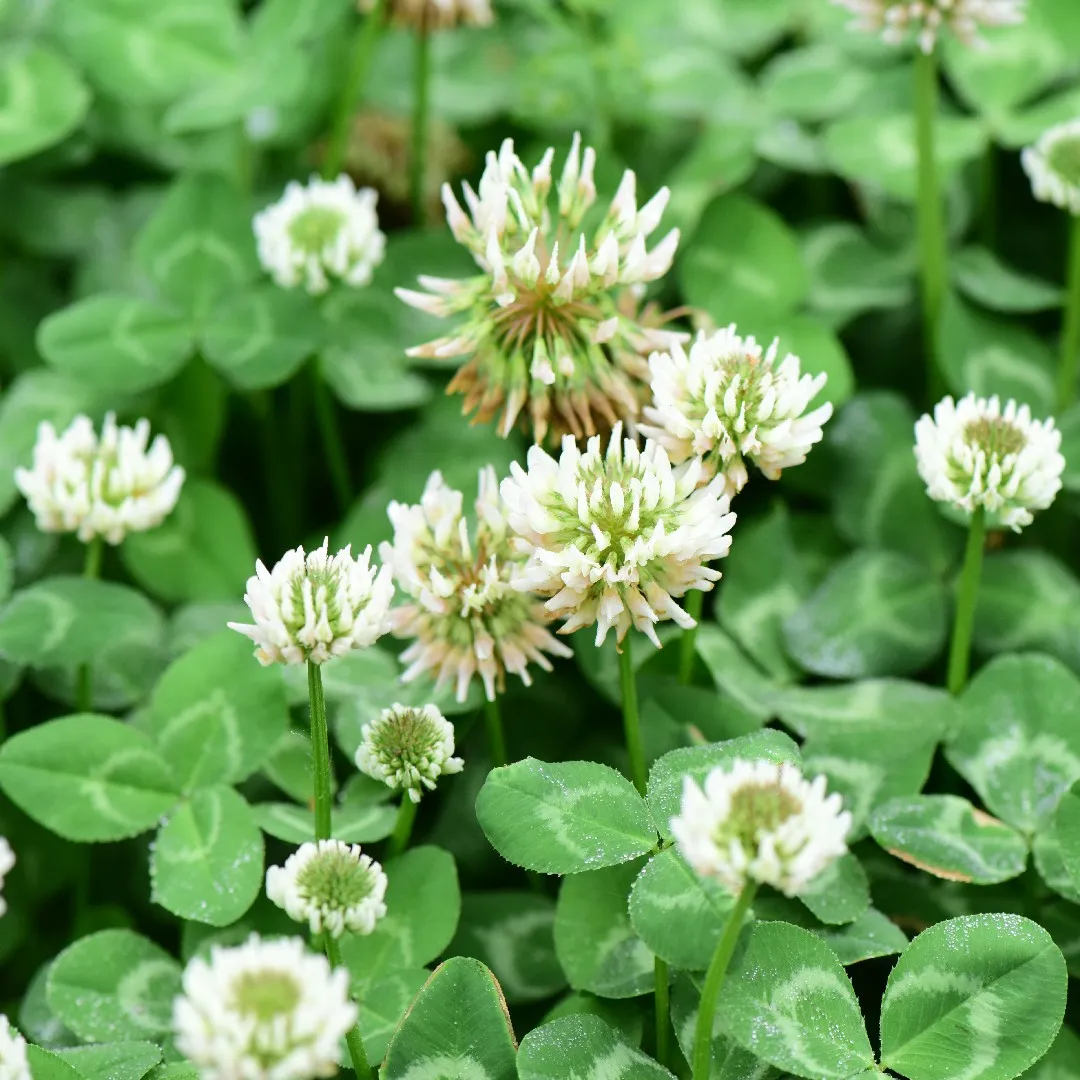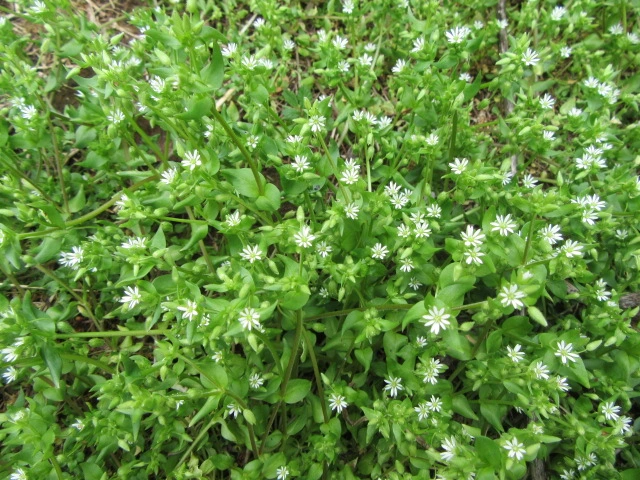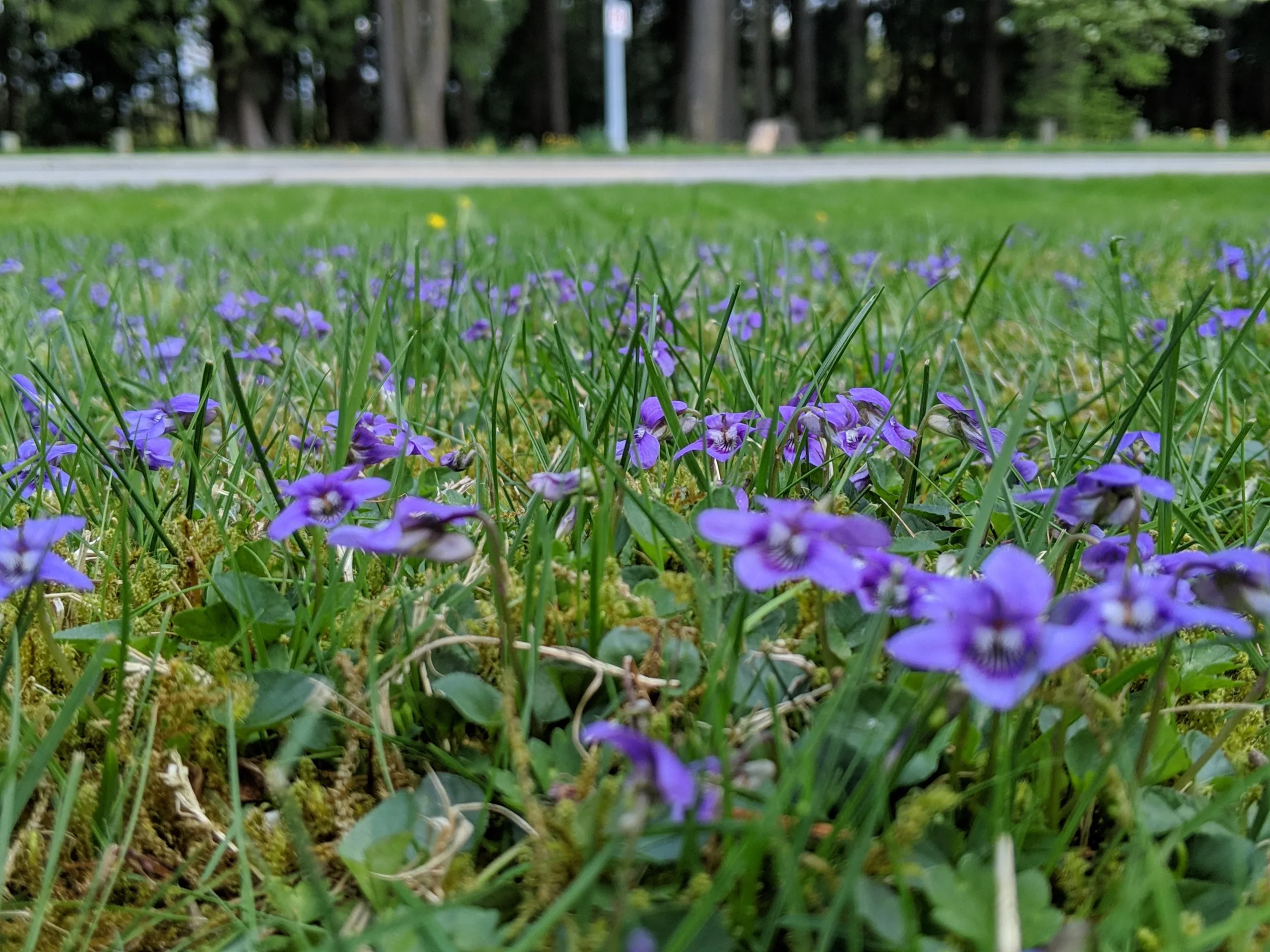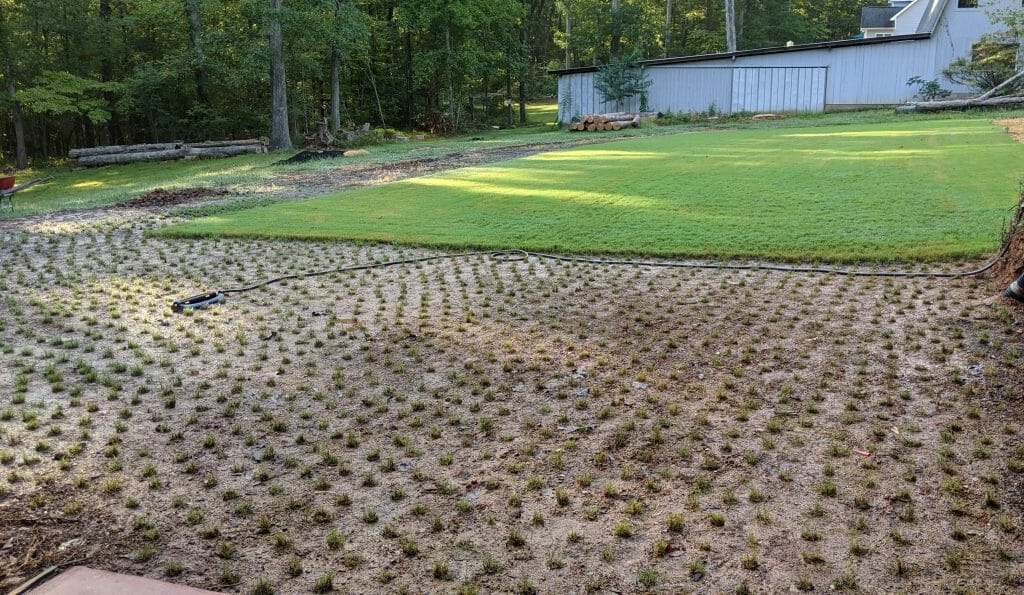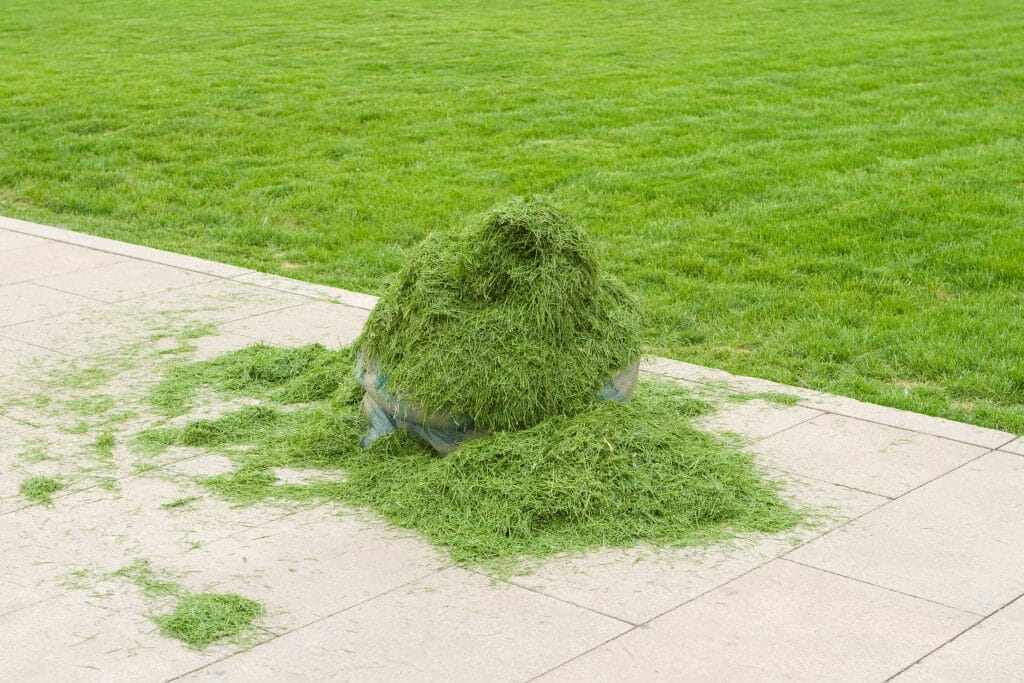Do you ever stop to look at the grass and wonder what little white flowers in your grass are growing there? If you take a closer look, you’ll see that there are many small white flowers dotting the grass.
These flowers can be found in many different species of grass, and they add a touch of beauty to the landscape, in my opinion!
In this article, we will discuss seven common species of white flowers you’re likely to find in your grass!
7 Little White Flowers In Grass
White Clover
White clover, also know as Trifolium repens, is a perennial plant that can be found in grassy areas throughout the United States.
The white clover is likely, aside from a daisy, the most common flowering weeds you’re likely to come across. The flowers of this plant are small and white, and they grow in clusters of three.
The leaves of white clover are also three-lobed, which makes it easy to identify. This plant is often used as a cover crop or in grassy areas where it will not be mowed.
It’s argued whether or not clover’s are actually a weed, however let’s be honest, I’d like to think they add a touch of class to a lawn.
White clover is also an important food source for bees, so if you see this plant in your grass, leave it be!
Chickweed
Chickweed, or Stellaria media, is most likely to be found in overly moist soil, a symptom of an overwatered lawn. The small white flowers of this plant grow in clusters, and they have five petals each.
The leaves of chickweed are narrow and pointy, and they grow opposite each other on the stem. This plant is a winter annual, which means it will die off in the spring.
Thanks to their poor root system, you can easily get rid of chickweed by hand if you’re dealing with a small area. I’ve found a broadleaf herbicide is the way to go if you’re dealing with a larger area.
Daisy
The Daisy! One of my favorite common weeds that can be found in grassy areas across the United States. The small white flowers of this plant grow in clusters, and each flower has about 20 petals.
Likely the most recognizable lawn weed on this list with their white petals and yellow center. However much I like them, and however nice they may look, daisies will be depriving your lawn of essential nutrients needed to thrive.
With that in mind, I’d recommend using a daisy grubber to remove them, ideal for a smaller area.
If your lawn is being dominated by daisies, then a herbicide solution would be the way to go. Being very careful not to affect other plants in your yard.
The leaves of daisy, scientifically known as Bellis perennis, are narrow and lance-shaped, and they grow in a rosette at the base of the plant. This plant is often used as a cover crop or in grassy areas where it will not be mowed.
Common Mouse Ear
Common mouse ear, cerastium fontanum, is a less common weed that is found up and down the country. The small white flowers of this plant grow in clusters, and each flower has about five petals.
They grow aggressively, can’t always be removed via mowing and have the ability to hurt your lawn!
The leaves of common mouse ear are hairy and oval-shaped, and they grow in a rosette at the base of the plant. This plant is a winter annual, which means it will die off in the spring.
When trying to remove these, weather conditions is key. You’re looking for warm (not hot) day, with a low amount of wind and absolutely no chance of rain.
However, you will want to give your lawn a light watering post application, we just don’t want the herbicide washed away!
Hairy Bittercress
Hairy bittercress, cardamine hirsuta, is a small weed that can be found in many lawns from late winter to early spring. The small white flowers of this plant grow in clusters, and each flower has four petals.
The leaves of hairy bittercress are hairy and oval-shaped, and they grow in a rosette at the base of the plant.
This plant is best dealt with early spring, ideally not having a negative affect on your lawn or other plants before they begin their season.
Sadly, with a longer taproot than you’d expect, there’s no option but to remove these with a post-emergent herbicide, hand pulling won’t be sufficient.
Wild Carrot
Wild carrot, known as daucus carota, is not that common, however recent studies have shown it is beginning to become naturalized globally.
The small white flowers have been known as Queen Anne’s Lace, the umbrella-esque shape alongside the white coloring gave it that nickname.
Be careful when looking to remove wild carrot. This weed contains a sap like liquid that will cause skin irritation, it can be incredibly toxic.
It thrives in full sunlight, so creating a shady area over it will stifle them. When it comes to the removal, mowing can be an effective way of getting rid of it.
Failing that, digging (not pulling) them up and disposing of them is your only option.
Wild Violet
Lastly, the Wild violet, scientifically named as viola odorata, is a beautiful spring perennial, you’re likely to come across in Europe & Asia, less so in North America.
With the word violet being in the name, you’d be forgiven for assuming they’re a shade of purple. Wild Violet’s can in fact come in all sorts of colors, another one of my favorites due to how much they can brighten up a garden!
It’s against my better judgement to pass on this information, but if you must pull up wild violets, hand weeding is my recommendation. Get your weeding tool at the ready, dampen the soil and make sure you pull the whole root system, or they’ll be back!


